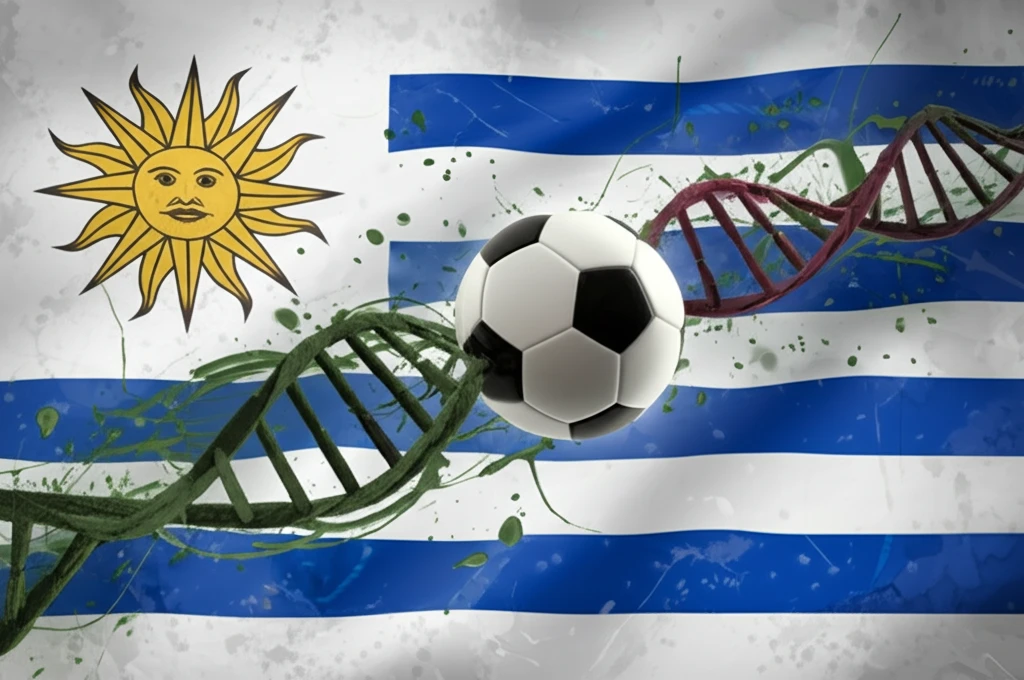
Beyond Soccer: Uncovering Uruguay's Hidden Strengths in Science and Technology
"Bibliometric analysis reveals surprising areas where Uruguay outshines its neighbors and the world in scientific research."
Allocating public funds for scientific advancement requires careful consideration, especially when resources are limited. Agencies like the National Research and Innovation Agency (ANII) in Uruguay face the challenge of comparing diverse projects, often relying on expert committees within specific fields. But how do we ensure resources are directed towards areas where a country truly excels?
Traditional allocation methods often mirror the distribution of proposals across different areas, a seemingly fair approach. However, this might not reflect the actual potential for scientific breakthroughs or strategic national interests. Many countries have developed science and technology plans to prioritize specific areas, yet these often lack concrete indicators and long-term objectives.
This article delves into Uruguay's scientific landscape, aiming to identify areas of specialization and comparative advantage. By analyzing bibliometric data, we can uncover the fields where Uruguay demonstrates exceptional research output, providing valuable insights for policymakers and research institutions alike. This approach, adaptable to other nations, moves beyond simply tracking inputs to evaluating tangible outcomes.
Revealed Comparative Advantage: A New Lens for Evaluating Scientific Strengths

The concept of 'Revealed Comparative Advantage' (RCA) originates from international trade, where it helps identify sectors in which a country possesses a competitive edge. Measuring this advantage directly is challenging, as it requires assessing opportunity costs in hypothetical scenarios. Instead, the RCA index infers advantages from observed trade patterns. We apply this logic to scientific production.
- Health Sciences: Veterinary Science, Nursing, and Medicine.
- Life Sciences: Agricultural and Biological Sciences, Immunology and Microbiology, and Biochemistry, Genetics and Molecular Biology.
- Physical Sciences: Environmental Science.
- Social Sciences: Economics, Econometrics, and Finance.
Strategic Implications and Future Directions
This analysis provides a valuable starting point for strategic discussions about science and technology policy in Uruguay. By identifying areas of strength and weakness, policymakers can make informed decisions about resource allocation and prioritize investments that maximize the country's scientific impact. Further research could explore the factors driving these comparative advantages, leading to more targeted interventions and strategies for fostering scientific excellence across all disciplines.
